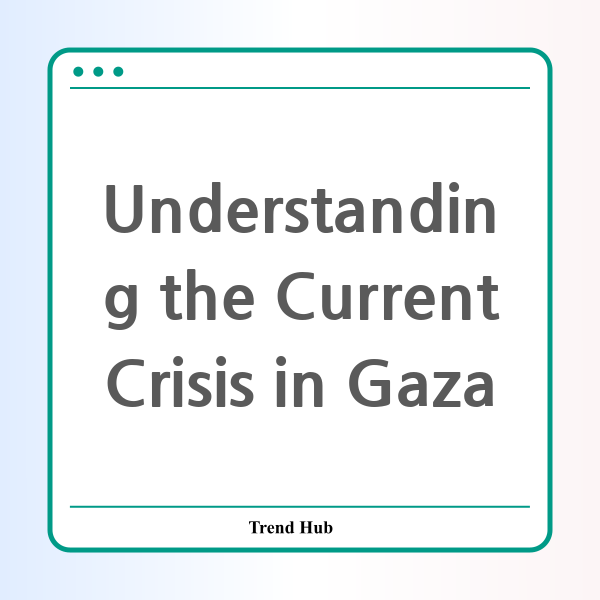* This website participates in the Amazon Affiliate Program and earns from qualifying purchases.

As the ongoing conflict in the region escalates, the situation in Gaza becomes increasingly dire, drawing international attention and concern. The recent evacuations ordered by the Israeli Defense Forces have led to mass displacements in northern Gaza, significantly impacting Palestinian civilians. What does this mean for the future and the humanitarian crisis that is unfolding?
The latest reports indicate that the Israeli military has issued broad evacuation orders for civilians in multiple areas, including Zeitoun, Rimal, and Tel-al-awa. The evacuation, combined with Israeli attacks on various sites, has resulted in the displacement of nearly 125,000 individuals. This marks a critical moment in the conflict, where the humanitarian situation continues to worsen with each passing day.
Gaza’s Health Ministry reported that the number of fatalities has surpassed a staggering 50,000 since the onset of the recent war, a figure that has shocked many but has also become a grim normalization for those in the area. People living in Gaza are facing extreme hardships, often fleeing their homes under the cover of darkness with little to no supplies. With the continuous bombardment and looming evacuations, the psychological toll on the civilian population is profound.
The military strategy employed by the IDF, which involves aggressive attacks on areas identified as launching sites for rockets, has intensified the plight of civilians. Reports suggest that these launches have come from densely populated neighborhoods, raising serious ethical questions about the use of human shields by militant groups such as Hamas. The IDF maintains that their operations are necessary to protect Israeli citizens from rocket attacks, highlighting the complexity of the situation.
In a broader context, the conflict has also attracted global attention and commentary, yet the sheer number of casualties has become a tragic statistic that seems to shock less with each announcement. What was once a potential wake-up call for international intervention is now met with a sense of resignation, both from the media and from the local populace itself.
Those remaining in Gaza find themselves in a desperate situation. With reports indicating that over 60% of the casualties are women and children, it raises critical questions about the future of a generation growing up amidst conflict. The international community watches with bated breath, but the urgency for a resolution appears to be overshadowed by political complexities and entrenched narratives.
The consequences of this conflict ripple beyond immediate humanitarian needs. Economically, the region has suffered immensely, with infrastructure destroyed and vital services halted. As displacement continues, the challenges in providing aid and assistance multiply, creating a cycle of poverty and despair that could last for generations.
Moving forward, both humanitarian organizations and political leaders need to address the pressing needs of the Palestinian population while navigating the delicate balance of security concerns. The world must find a way to intervene effectively without exacerbating the conflict further.
In conclusion, the events unfolding in Gaza are a reflection of a complex, multifaceted crisis that requires urgent attention and action. With tens of thousands displaced and countless lives lost, the time for a lasting resolution is now—one that prioritizes the dignity and rights of all individuals caught in this tragic conflict.
* This website participates in the Amazon Affiliate Program and earns from qualifying purchases.